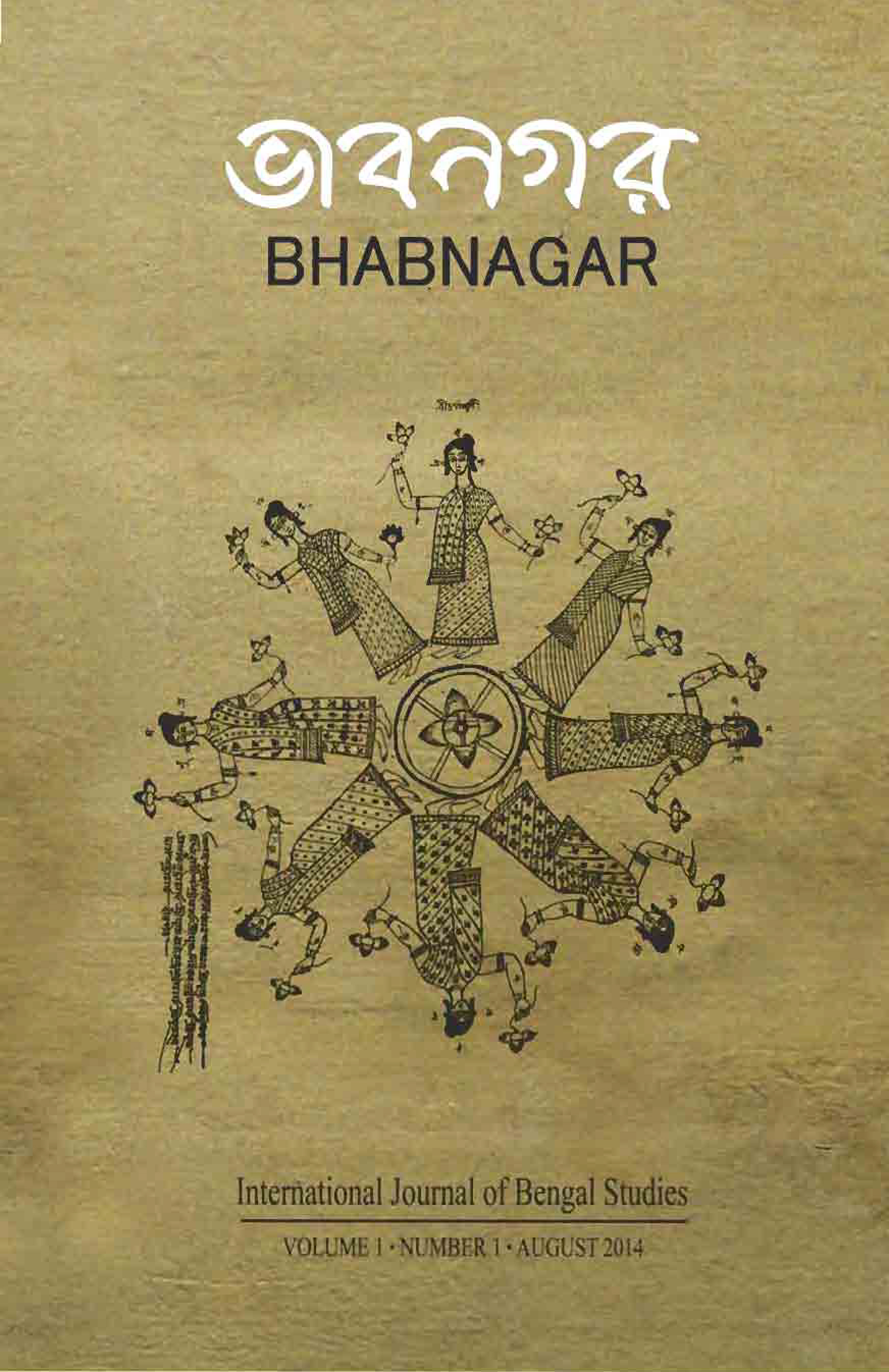ভাঙিয়া কহিলে তাহে আছে বহু রস, কবি আলাওলের অনুবাদ-পদ্ধতি | If one breaks it down, he will enjoy, The Poet Alãol's Translation Technique
DOI:
https://doi.org/10.64242/bijbs.v1i1.3Abstract
The present article discusses how Alãol, the famous poet of seventeenth-century Arakan, conceived of the task of translating Awadhi and Persian texts into the 'language of the payar meter', that is to say Bengali. After a brief introduction to the well known life and works of Alãol, I highlight some features of the literary multilingualism prevalent during the poet's time in the kingdom of Arakan. Then, I proceed with an analysis of his discourse on 'translation' scrutinizing the terms and expressions he used to describe the process of textual transposition from one language to another. My comments attempt at providing a more detailed account of what is often called bhāvānuvāda by scholars of Bengali literature. What comes out of my observations is that Alãol's dynamic approach to translation is grounded in reading practices evincing his familiarity with Sanskrit and Indo-Persian hermeneutic traditions. Translation implied an active intervention on the source text and, beyond the mere transmission of its meaning, further elaborations on its aesthetic content - all of which were conditioned by traditional textual hermeneutics. Finally, as an invitation to further reflection on the topic, I argue that this very specific approach to textual transposition was misunderstood and abandoned in modern times for the sake of different, and aesthetically less engaged, methods of translation.

Downloads
Published
Issue
Section
License
Copyright (c) 2014 BHĀBANAGARA: International Journal of Bengal Studies

This work is licensed under a Creative Commons Attribution-NonCommercial-NoDerivatives 4.0 International License.





